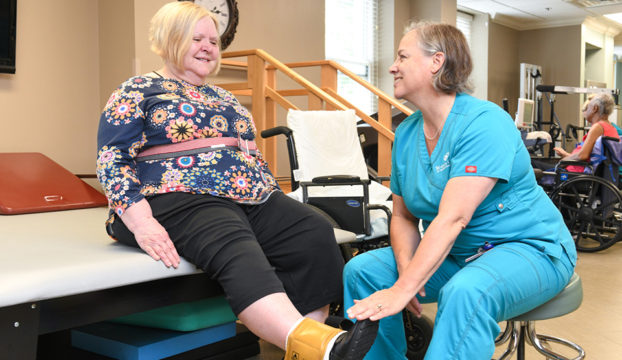
Chronic pain impacts millions of people worldwide and can substantially reduce the quality of living. It can result from various disorders, such as arthritis, chronic pain syndrome, or previous traumas. While drugs and therapies are frequently employed to manage pain, a expanding body of research shows that exercise can play a crucial role in alleviating chronic pain. Participating in consistent physical activity can not only assist reduce pain levels but also enhance overall well-being and capability. Comprehending how exercise impacts the body can enable individuals to assume control of their pain management.
Exercise has several bodily benefits that can aid alleviate chronic pain. When people engage in exercise activities, their systems release endorphins, which are natural pain-relievers. Additionally, exercise can improve blood circulation and strengthen muscles, providing better support for articulations. For those with conditions like arthritis, low-impact exercises such as swimming or cycling can help maintain joint mobility without placing excessive stress on the system. Regular exercise also helps in maintaining a healthy weight, which can reduce the stress on load-bearing joints and additionally ease pain.
In addition to its physical benefits, exercise has a positive impact on mental health. Chronic pain can often lead to feelings of anxiety and depression, which can worsen the perception of pain. Engaging in regular physical activity can help combat these emotions by enhancing self-esteem and elevating mood. Group exercises, such as yoga or pilates, also provide social interaction, which can navigate to this site enhance emotional support. This combination of bodily and mental health benefits makes exercise an crucial component of a holistic pain relief strategy.
It is crucial to tackle exercise with caution, especially for those dealing with chronic pain. Starting slowly is crucial to prevent worsening symptoms. Patients should think about consulting healthcare professionals to create a tailored exercise program that considers into consideration their specific conditions and limitations. Exercises such as flexibility training, walking, or light yoga can be great starting points. Gradually increasing the intensity and length of workouts can help build strength and endurance without causing undue strain on the system.
In summary, harnessing the power of exercise can significantly reduce chronic pain and improve standard of life. Regular physical activity not only helps to reduce pain through the release of endorphins and enhanced muscle strength but also supports mental well-being. By including exercise into regular routines, individuals can empower themselves in managing their pain. A careful and knowledgeable method to exercise, guided by healthcare professionals, can lead to lasting benefits in health and overall standard of life.